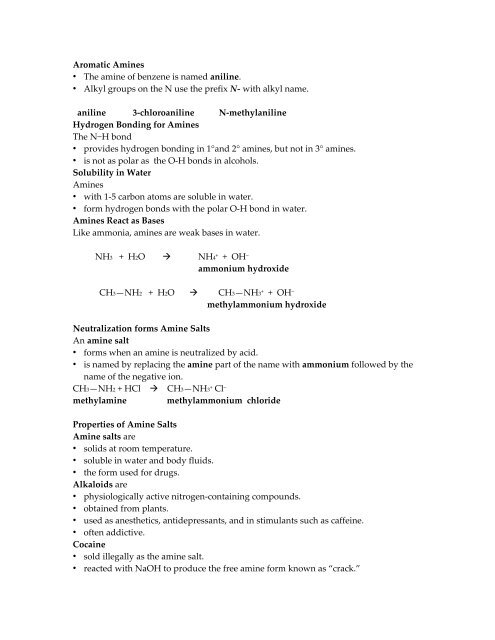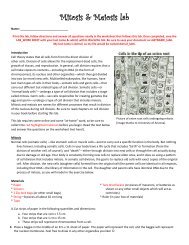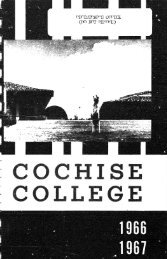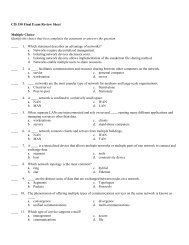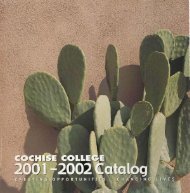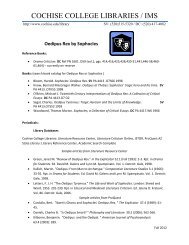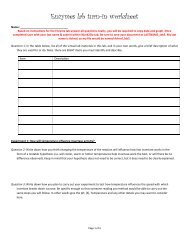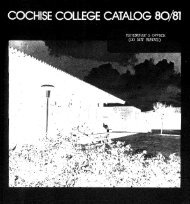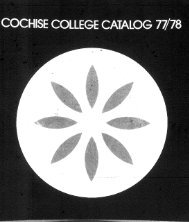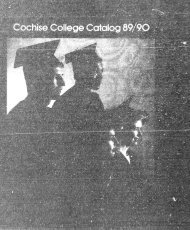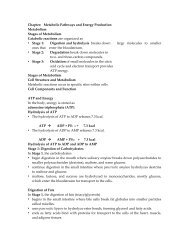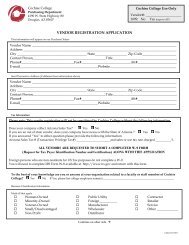Chapter 13 Carboxylic Acids, Esters, Amines, and Amides
Chapter 13 Carboxylic Acids, Esters, Amines, and Amides
Chapter 13 Carboxylic Acids, Esters, Amines, and Amides
- No tags were found...
You also want an ePaper? Increase the reach of your titles
YUMPU automatically turns print PDFs into web optimized ePapers that Google loves.
Aromatic <strong>Amines</strong>• The amine of benzene is named aniline.• Alkyl groups on the N use the prefix N‐ with alkyl name.aniline 3‐chloroaniline N‐methylanilineHydrogen Bonding for <strong>Amines</strong>The N−H bond• provides hydrogen bonding in 1°<strong>and</strong> 2° amines, but not in 3° amines.• is not as polar as the O‐H bonds in alcohols.Solubility in Water<strong>Amines</strong>• with 1‐5 carbon atoms are soluble in water.• form hydrogen bonds with the polar O‐H bond in water.<strong>Amines</strong> React as BasesLike ammonia, amines are weak bases in water.NH3 + H2O NH4 + + OH –ammonium hydroxideCH3—NH2 + H2O CH3—NH3 + + OH –methylammonium hydroxideNeutralization forms Amine SaltsAn amine salt• forms when an amine is neutralized by acid.• is named by replacing the amine part of the name with ammonium followed by thename of the negative ion.CH3—NH2 + HCl CH3—NH3 + Cl –methylamine methylammonium chlorideProperties of Amine SaltsAmine salts are• solids at room temperature.• soluble in water <strong>and</strong> body fluids.• the form used for drugs.Alkaloids are• physiologically active nitrogen‐containing compounds.• obtained from plants.• used as anesthetics, antidepressants, <strong>and</strong> in stimulants such as caffeine.• often addictive.Cocaine• sold illegally as the amine salt.• reacted with NaOH to produce the free amine form known as “crack.”


